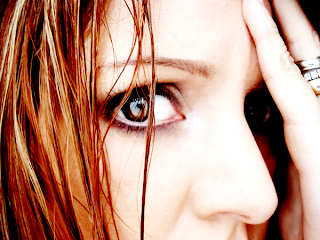What is a panic attack and panic disorder?
A panic attack is an episode of sudden, intense fear that happens when there is no real danger or apparent cause. It usually lasts for more than 10 minutes and is accompanied with severe physical reactions such as profuse sweating, difficulty breathing, rapid pulse or heart beat, feeling faint, choking, or smothering, trembling, nausea or vomiting, and the subjective feeling of losing control, dying, or going crazy.
"During a panic attack, the fear response is out of proportion for the situation."
 |
| an episode of sudden, intense fear when there is no real danger |
The exact cause of panic disorder is unclear, but there is evidence of genetic predisposition and connection with major stress related to life transitions (graduating from college, marriage, or death of a loved one). Drug and alcohol abuse and certain personality types also predispose a person into having a panic disorder.
Diagnosis
Not everyone who has panic attacks has a panic disorder. To be diagnosed with panic disorder, you must meet these criteria spelled out in the Diagnostic and Statistical Manual of Mental Disorders (DSM) published by the American Psychiatric Association:
- Frequent, unexpected panic attacks.
- At least one of the attacks has been followed by one month or more of ongoing worry about having another attack; ongoing fear of the consequences of an attack, such as losing control, having a heart attack or 'going crazy' or significantly changing your behavior, such as avoiding situations that you think may trigger a panic attack.
- The panic attacks are not caused by substance abuse, a medical condition or another mental health condition, such as social phobia or obsessive compulsive disorder.
The major difference between panic disorder and normal fear is that the disorder strikes without warning or a clear reason behind it. During a panic attack, the fear response is out of proportion for the situation, which often is not threatening. After the attack is over, the person may develop persistent fear of having future panic attacks. The fear of these attacks can cause the person to avoid places and situations where an attack has occurred or where they believe an attack may occur.
How to manage?
Management of panic disorder consists of a combination psychotherapy, anti depressant or anti anxiety medications, and behavioral therapy. In addition, relaxation techniques such as breathing techniques and positive visualization, may help a person during an attack. With appropriate treatment, nearly 90% of people with panic disorder can find relief.